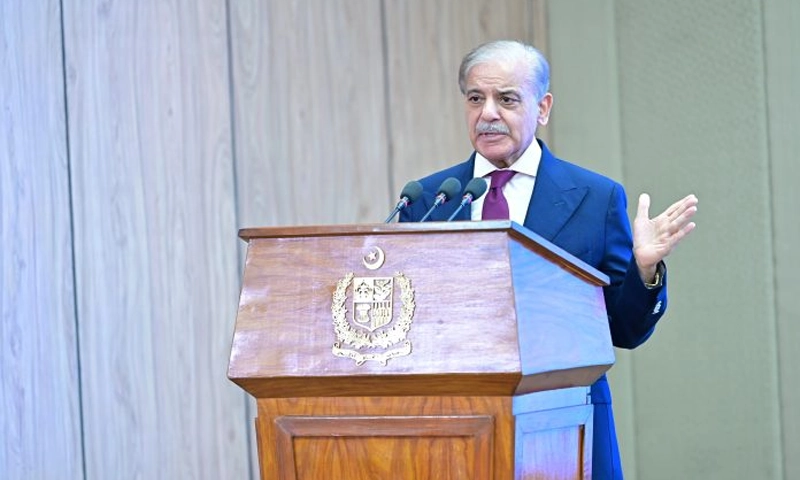- Web Desk
- 22 Minutes ago

Pakistan’s external debt maturity to reach $100 billion by 2029
-

- Web Desk Karachi
- Sep 20, 2024

Pakistan’s external debt obligations are expected to total over $100 billion between fiscal year 2025 and fiscal year 2029, according to the Finance Division. The country is seeking to rollover $12.7 billion in deposits from friendly countries, including $5 billion from Saudi Arabia, $4 billion from China, $3 billion from the UAE, and $0.7 billion from Kuwait.
During an in-camera session on the IMF agenda, the National Assembly Standing Committee on Finance was informed that Pakistan’s financial requirements exceed the current IMF bailout package. The committee was told that Pakistan will receive $7 billion from the IMF and an additional $5 billion from commercial banks and other lenders.
The IMF has been informed about assurances from friendly countries to roll over existing loans, which has convinced the Fund to schedule a meeting to further discuss Pakistan’s program. The committee was also briefed on reforms in Pakistan’s power sector.
As of June 2024, Pakistan’s total public debt stood at Rs71.2 trillion, with Rs47.2 trillion in domestic debt and Rs24.1 trillion in external debt. The Finance Division has forecast a decline in interest rates and petroleum prices, which would translate to a relief of around Rs320 billion in domestic debt.
The country faces external payments of $18.83 billion this year, $9.23 billion in 2026, $8.71 billion in 2027, $7.68 billion in 2028, and $6.88 billion in 2029. This does not include repayment of deposits from friendly countries.
The committee members expressed concerns about Pakistan’s debt risk and the vulnerability of its external account. The Minister of State for Finance acknowledged that Pakistan’s economy remains fragile and that the government is taking necessary steps to ensure fiscal discipline and consolidation.
The key goals of public debt management include expanding the investor base, extending the maturity profile of domestic and external debt, engaging with domestic and international investors, developing non-bank sectors, and promoting Shariah-compliant debt market.
The committee members raised questions about lending countries, loan conditions, and the composition of debts, and the minister highlighted that major lenders include Saudi Arabia, Australia, China, and Russia.
The meeting concluded with a commitment to ongoing dialogue and collaboration between the government and stakeholders to enhance fiscal discipline and economic stability.





